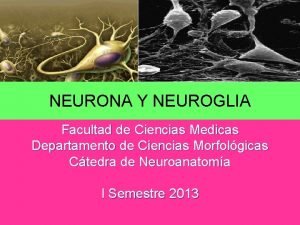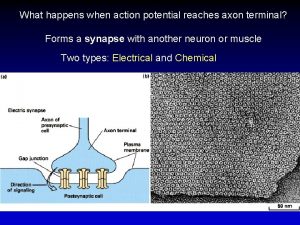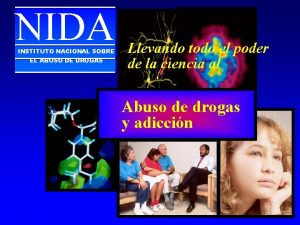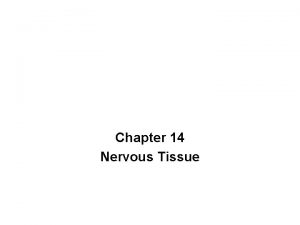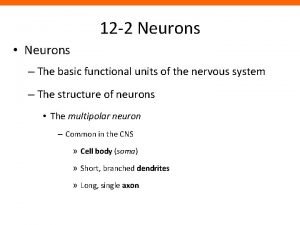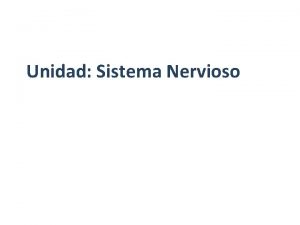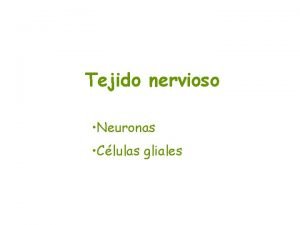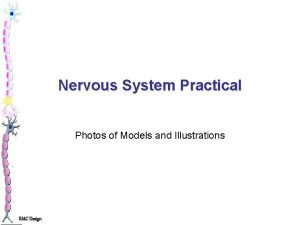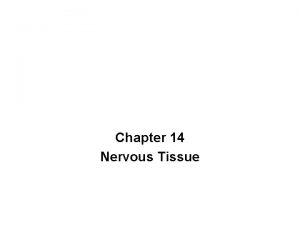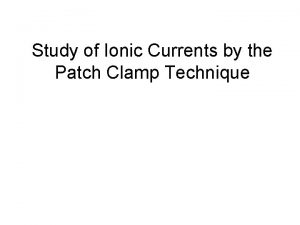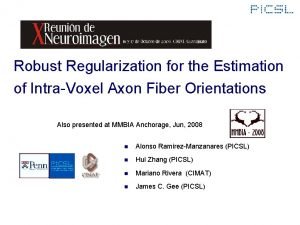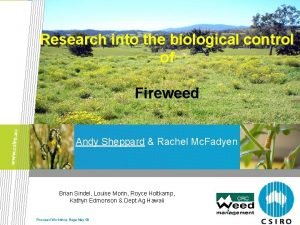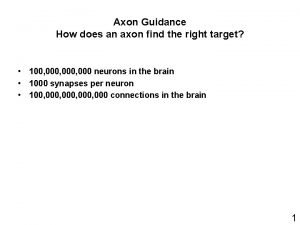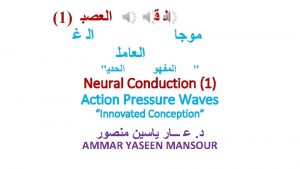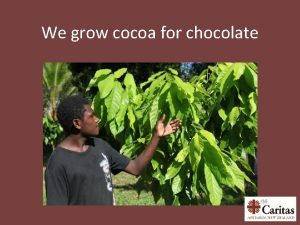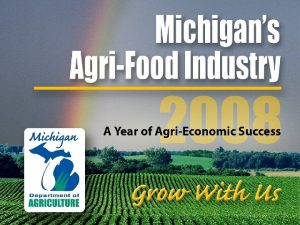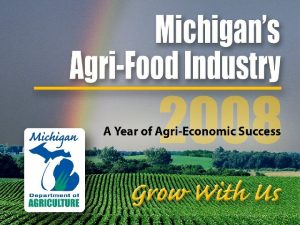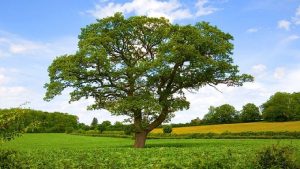How does an axon grow Compare the processes



















- Slides: 19

How does an axon grow? Compare the processes of axonal regeneration in peripheral and central nervous system. Dr Sanjay Manohar University of Oxford http: //www. smanohar. com

Relevance • Treatment of disease – Neurodegenerative – Spinal trauma • Scientific – puzzle: how so few genes encode such complex structure – wiring determines operation – ? axonal refashioning & memory formation

Axon Growth

How connections achieved • Prespecification • Random connections – Target induced specification • endplate formation, postsynaptic terminals – Death of incorrectly wired neurones – Motor neurones (Levi-Montalcini) – Pruning of synapses & arbors • muscle fibres

Neural crest

Growth cone mechanisms • Filopodia, lamellipodia • Actin polymerisation – ABPs, Ca / P • Vesicle fusion • Matrix anchoring • Protease secretion

Sperry & Stone

Control of growth

Diffusible factors • NGF – Tyrosine kinase (trk) Chemoattractant • netrin – commissure formation • Semaphorin Chemorepellant

Cellular molecules • N-Cadherin – Ca-dependent • Ig superfamily – – N-CAM Ng. CAM Fasciclin II TAG-1 • transient axonal glycoprotein homophilic heterophilic • Fasciculation • Substrate binding • axon-Schwann cell interaction

Matrix molecules • Fibronectin • Laminin • Tenascin Glycoproteins: bind to • Integrins • large variety • ab 12 x 6

Molecules • Ig superfamily – N-CAM – Ng. CAM – TAG-1 (transient axonal glycoprotein) • N-cadherin • Matrix - bind to Integrins (ab) – laminin – fibronectin – Tenascin

Molecules (continued) • Trophic (prevent death) – Neurotrophins • NGF – via retrograde transport to soma – induces NA synthesis – required during a critical period • BDNF (in DRG) – sphingolipids eg. Ceramide • Chemotactic – NGF via Tyr K (trk)

Guidance • Location of neurone • Axon destination neurone • Axon position on neurone

Regeneration

Spectrum of ability

Not the neurone • but the environment – CNS / PNS

Normal response to injury • PNS – distal segment • degeneration (phagocytes) • Schwann cell didifferentiation – proximal segment • axon regrowth • CNS – distal segment • degeneration (microglia) • oligos proliferate – proximal segment • degenerates • cell body may die Prevented by trophic factors

Inhibition of regrowth • Nogo (Schwab, 1985) • Myelin associated glycoprotein (MAG)
 Concurrent in os
Concurrent in os Nociceptor stimulus
Nociceptor stimulus Nerve impulse
Nerve impulse Sensory
Sensory Axon golgi tipo 1
Axon golgi tipo 1 What happens when action potential reaches axon terminal
What happens when action potential reaches axon terminal Axon hillock
Axon hillock Action potential resting potential
Action potential resting potential Nucleus of neurolemmocyte
Nucleus of neurolemmocyte Function of multipolar neuron
Function of multipolar neuron Poliendrica
Poliendrica Slidetodoc.com
Slidetodoc.com Fissures of the skull
Fissures of the skull Neurolemmocyte
Neurolemmocyte Gate
Gate Axon branches
Axon branches Axon
Axon Axon
Axon Chemoaffinity
Chemoaffinity Axon dendrite
Axon dendrite




